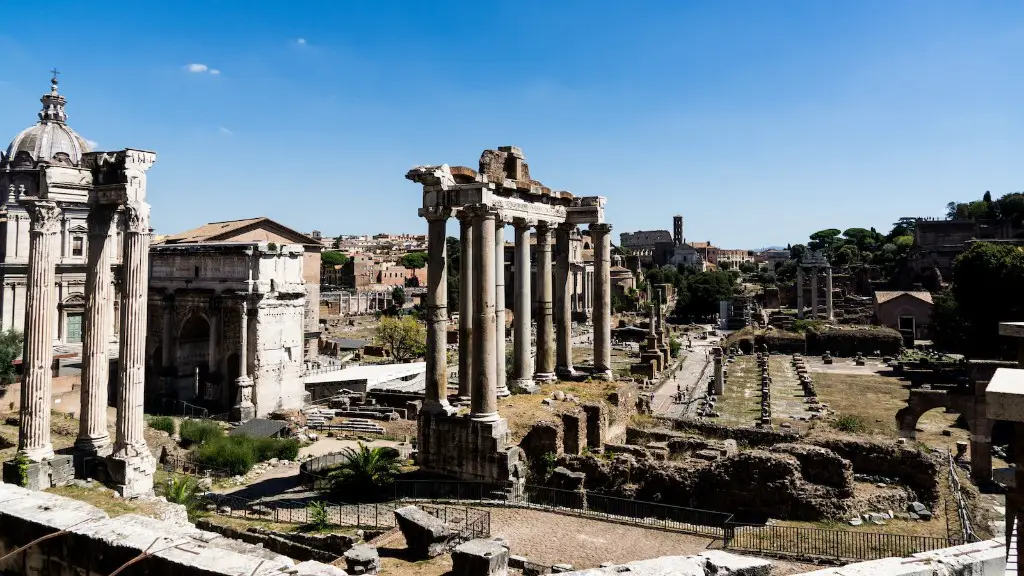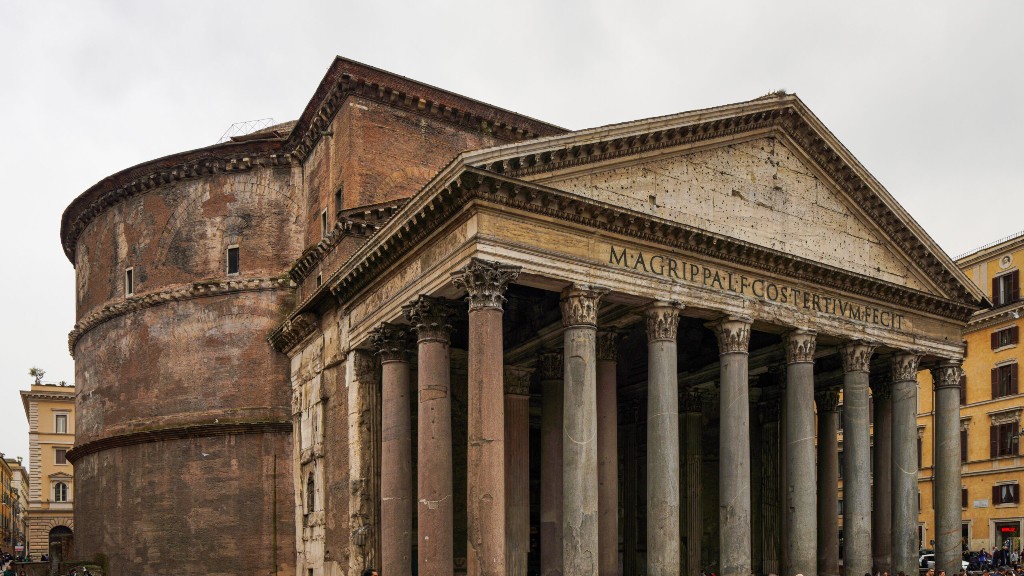Origins
Marble has played an important role in the ancient city of Rome since its conception in the 8th century BC. Its unique qualities as an ornamental material have been appreciated and utilised since the days of the classical architects. The use of marble in the architecture of Rome can be traced back to the Etruscan period in the 7th century BC and its association with longevity, strength and opulence. Subsequently, the use of marble in Rome’s grand structures has become synonymous with power and tradition.
The Romans adopted the use of marble from their Etruscan neighbours and used it for various decorative purposes, such as embellishing columns, walls, and floors of their public buildings. Marble type varied from area to area in Rome, with the city’s most important buildings constructed with luxurious and rarer forms imported from such locations as Egypt and Greece.
Influence in architecture
The use of marble in Roman architecture was so pervasive that its impact was felt in all levels of Roman society, from the most mundane dwellings to the grandest temples. In its heyday, marble was arguably the most important material in Rome and was used to adorn monuments, statues and buildings to lend them a sense of grandeur and distinction. Marble was also used for utilitarian purposes; for example, it formed the foundations of bridges, creating a robust and stylish structure that surpassed expectations.
The most famous example of marble architecture can be seen at the Colosseum. This immense structure, which was built in 80 AD, was constructed using more than 72 massive marble columns. In addition, the use of marble was an important factor in reinforcing the building’s durability, making it one of the most enduring monuments in Rome today.
Symbolism of power
The use of marble in Rome was also a powerful symbol of prestige and authority. Rome’s emperors, in particular, would use marble to show their power and wealth. For many centuries, marble was used in the construction of ceremonial arches, and it was also used to decorate temples, palaces and even the public baths. As such, the use of marble in Roman architecture reflected the status of the emperor and his regime.
The use of marble in Rome carried a certain connotation of divinity, as the material was associated with the gods. Marble was often used to construct tombs, statues and altars in the city. This meant the everyday Roman citizen was able to witness the grandeur and power associated with the marble-laden buildings, thereby reinforcing the notion of hierarchy and privilege.
Economic significance
Given the economic importance of marble during Roman times, it is not surprising that the Romans needed to source the material from other countries. Egypt, especially, was a major source of marble and other ornamental materials. Egypt had access to rarer types of marble and other exotic materials, which made the country a major supplier. Egypt was also the source of a number of specialised techniques that were used to create elaborate and durable marble structures.
The distribution of marble was tightly controlled and operated by the Roman government. This ensured a steady stream of marble to be taken to Rome and distributed to public projects as well as private properties. The limited access to marble meant it was very expensive and only accessible to the highest levels of society, further reinforcing its symbolic power.
Impact on society
Marble had a major impact on Roman society. The construction of grand monuments and temples elevated marble to the status of a symbol of imperial authority and power. In the eyes of the everyday citizen, the use of marble in Rome’s magnificent structures reinforced the importance of the Roman Empire and its mighty rulers.
The common Roman was exposed to the beauty and opulence of marble on a daily basis, and this led to a widespread appreciation for the material that still exists today. The influence of marble on Roman society is still evident in modern Italy, with marble decorations and artwork present throughout the country.
Cultural legacy
The cultural legacy of marble in ancient Rome lives on in Rome today. The use of marble has become a symbol of the city’s grandeur, beauty and resilience. For centuries, marble has been used in luxurious structures, such as the Pantheon, the Vittorio Emanuele Monument and the Victor Emmanuel II monument. Marble has also been used to create sculptures, fountains and other ornamental pieces, reaffirming its place as one of the most iconic materials of our time.
The legacy of marble in Rome is a reminder of the city’s impressive past. It is also a testament to the ingenuity and creativity of the Roman people and a reminder of their intricate understanding of the materials available to them. In the modern era, marble is still a popular material, and its use is yet another reminder of ancient Rome’s remarkable influence.
Impacts on modern times
In modern times, the use of marble has become more widespread, particularly in luxury homes and high-end commercial establishments. The opulence and beauty of the material make it the obvious choice for anyone looking to give a space a touch of distinction or grandeur. Marble is highly durable and retains its polished surface for decades, which makes it the ideal material for high-traffic areas and surfaces that require a high degree of maintenance.
The use of marble remains popular. Its strength and durability mean it can be used for a variety of purposes, from walls and floors to sculptures and furniture. Its timeless appeal and luxurious qualities have made it a popular choice in homes around the world. From entryways to bathrooms and kitchens, marble has become a staple of modern architecture and design.
Conclusion
The use of marble in ancient Rome is a testament to the important role the material has played in the city’s long and eventful history. By combining strength, longevity and opulence, the use of marble in Roman architecture elevated the empire to new heights and was used to create some of the most impressive monuments and temples in modern times. Today, marble is still a popular choice in home design, and its enduring presence is a reminder of the grandeur of Rome.



